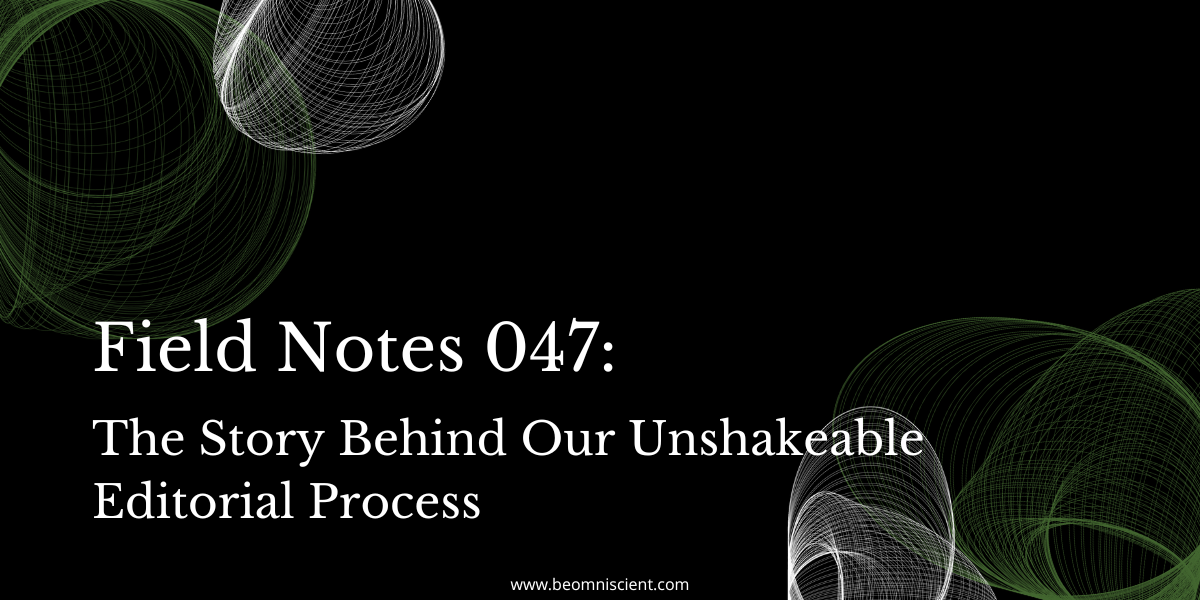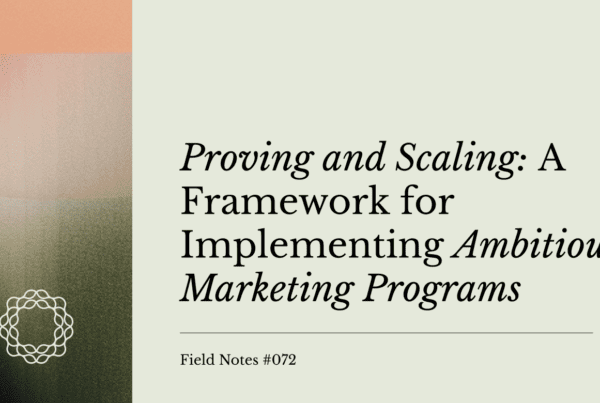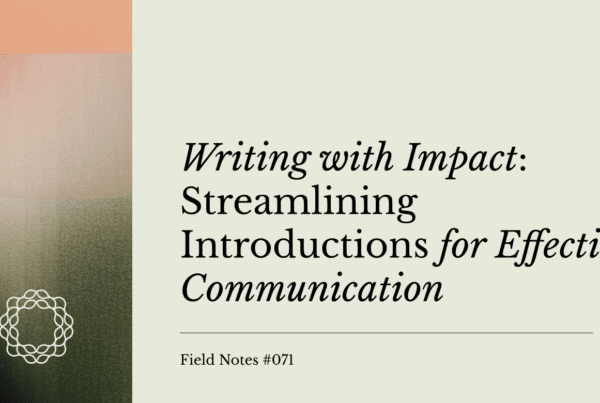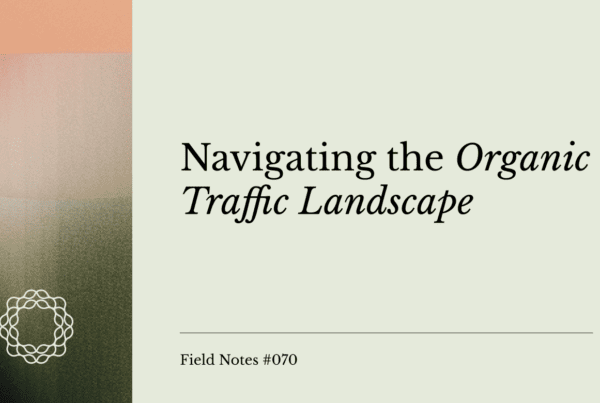
Our industry was turned on its head with the introduction of AI. While it may not have resulted in immediate monumental changes to how we work, it did get us thinking.
Within all the questions and uncertainty AI kicked up, we asked ourselves to find our constant. This is the throughline that ensures we always create good content no matter what gets thrown our way.
Our constant also happens to be one of the things our clients often call out as something they love about how we work.
It’s our editorial production process.
Here’s a snapshot of our editorial process
For some context, here’s how we approach our editorial process to best support our clients, writers, and editors.
We work in an Airtable landscape—one we’ve built to track articles from their “on deck” stage all the way through to getting published on our client’s website. Our strategists curate a list of topics that get approved by our clients. Once our client has given their stamp of approval, we create an Airtable task for each topic, drop it in the “on deck” stage in Airtable, and assign deadlines. Each stage of the process has a deadline, and we’re sticklers about them.
Once the content briefs land in the writer’s hands, the process plays out like this:
- First Draft
- First Editor Review
- Second Draft
- Second Editor Review
- Client Feedback
- Final Draft
- Final Editor Review
- Delivered
- Published
All in all, the entire editorial production process lasts around two weeks, with wiggle room for feedback from our clients. We firmly believe that a lean process creates a higher-quality experience for our writers, editors, freelancers, and clients. We look at our editorial process through an operational lens.
What’s the big difference between operational thinking and editorial thinking?
In standard operational procedures, the emphasis is on the logistics. It’s process-oriented around efficiency, thus fostering space for ingenuity. The standard editorial process, on the other hand, hones in on details and accuracy of language. In other words, the process revolves around the craft of writing itself.
By looking at our editorial expectations through an operational lens, we were able to construct a process that respected editorial standards and kept an efficient process.
The idea is to achieve the best possible efficiency by eliminating hurdles or setbacks that arise from poor communication, unclear expectations, or lack of process. Covering all our logistical bases from day one of our engagement with our clients means our writers and editors can focus their attention on creatively crafting exceptional content.
After all that, why does the process work?
Efficiency and creativity are music to our ears. A process that basically runs itself means our writers can hone in on capturing our client’s brand voice and finding unique angles to conventional topics, so we’re providing readers with valuable new insights.
Many people equate lack of processes with being agile and therefore more creative. I would argue for the exact opposite. If you’re constantly thinking about how to do something, you have less brain power to spend on executing it. You have a finite amount of mental energy every day—choose where you spend it wisely.
By having a sturdy process, we can more easily make small process changes and directly connect those changes to altered outcomes. There is a direct identifiable correlation between process tweaks and their results. This makes it easier for us to identify what works and what doesn’t, then adjust accordingly. It means we can always be iterating.
Our editorial processes set us up to guide our production through thick and thin. When the industry becomes turbulent, our production process absorbs the hit and smooths it out precisely because the structure allows us to be agile.
Should you consider taking an operational approach to your editorial processes?
Short answer: Yes.
Use operations thinking in your editorial process because these processes make space for creating content that will stand up to a turbulent industry.
Want to share a link to this Field Notes? Here’s the blog version (link to blog post).
Want more insights like this? Connect with me on LinkedIn.
Recommended Reads
Good reads on turning content into a growth channel.
- Toyota Production System – In terms of operational thinking, the Toyota Production System is one we return to often. Here’s an in-depth look at the system so you can repurpose its teachings in your processes.
- Google Rolls Out AI-powered Image Generator Feature to Slides – You can now use AI to help generate images for your slide decks.
- Kitchen Side: The Impact of Google SGE and AI on Business, Human Behavior, and Society – The latest Kitchen Side from David, Allie, and Alex covering the many ways that Google SGE could impact search and behavior. You can listen here or wherever you get your podcasts.



